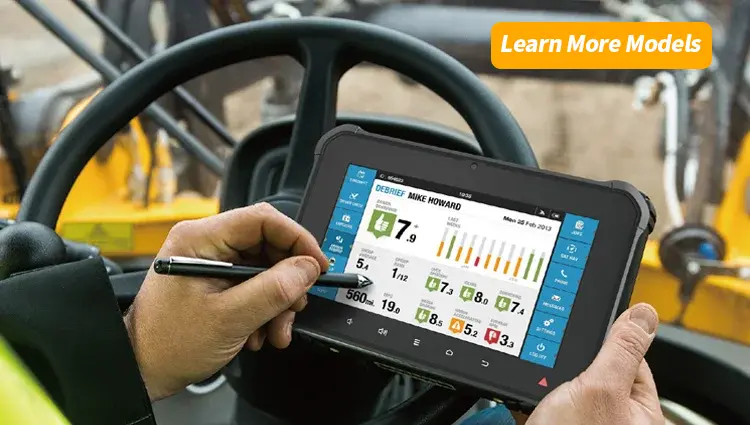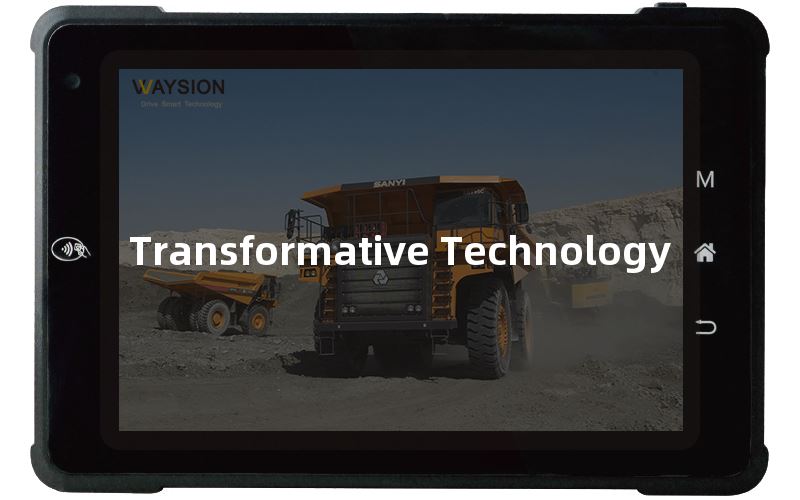The In-Cabin Display: Transformative Technology Reshaping Passenger Experience
The in-cabin display stands as a pivotal technology within transportation systems, revolutionizing the passenger experience. This advanced interface not only serves as an informational hub but also contributes significantly to safety, entertainment, and operational efficiency. In this comprehensive exploration, we delve into the technical intricacies, functionalities, and multifaceted applications of the in-cabin display system.
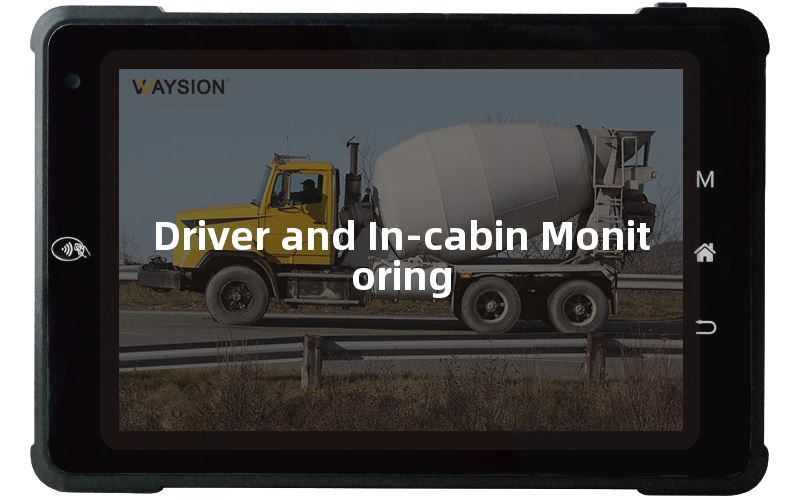
Definition and Core Components
An in-cabin display refers to the visual interface within the passenger compartment of vehicles, encompassing a diverse array of screens and interactive panels. These displays feature an amalgamation of hardware elements, including LED, LCD, or OLED screens of varying sizes and resolutions, touch-sensitive interfaces, and onboard computing systems. Moreover, they often integrate with vehicle networks and sensors, enhancing connectivity and functionality.
Technical Specifications
The specifications of in-cabin displays span a spectrum of considerations. These encompass display resolution, brightness, and color accuracy to ensure optimal visibility in different lighting conditions. Touchscreens are calibrated for responsiveness and accuracy, while processing units encompass powerful CPUs and GPUs for seamless operation of multimedia, navigation, and vehicle control interfaces. Additionally, considerations for durability, power efficiency, and compatibility with vehicle systems are integral to design and implementation.
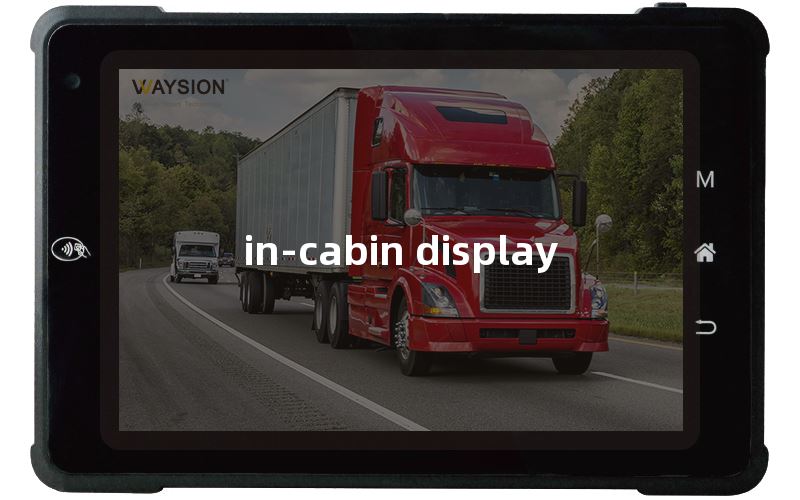
Functionalities and Applications
The in-cabin display serves a multifaceted role, offering an array of functionalities and applications across diverse sectors. In the automotive industry, these displays provide vital information such as navigation, vehicle diagnostics, entertainment options, and connectivity features to passengers. Furthermore, they contribute to advanced driver-assistance systems (ADAS) by relaying critical data and alerts for enhanced safety and convenience.
Integration and User Experience
The seamless integration of in-cabin displays with vehicle systems and external interfaces defines the user experience. These displays are designed to provide intuitive user interfaces, enabling effortless navigation through various functionalities. Integration with vehicle systems, including infotainment, climate control, and connectivity, creates a cohesive and immersive experience for passengers, enhancing their comfort and convenience during transit.
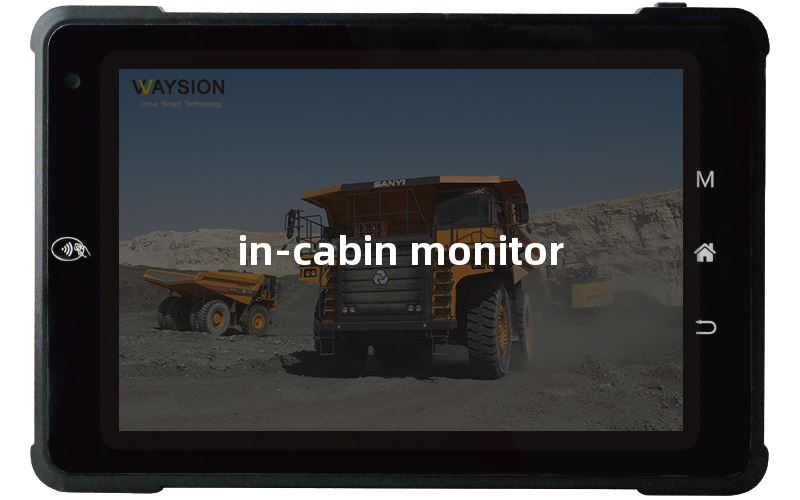
Challenges and Advancements
Despite their advantages, in-cabin displays face challenges related to visibility in varying lighting conditions, potential distractions, and software vulnerabilities. Advancements in display technology, such as heads-up displays (HUDs) and augmented reality (AR) interfaces, aim to address these challenges by offering clearer visibility and minimizing distraction while presenting vital information to passengers.
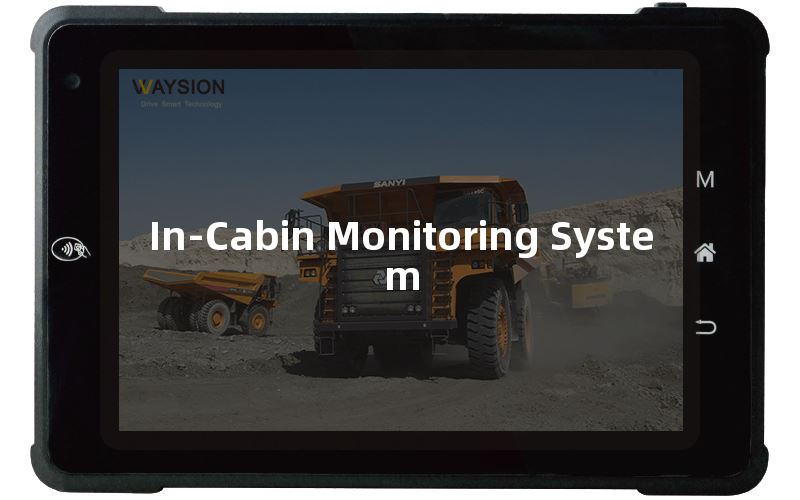
Future Trends and Innovations
The evolution of in-cabin displays continues to witness remarkable advancements. Future trends include the integration of AI for personalized passenger experiences, expanded connectivity with IoT devices for seamless data sharing, and the incorporation of biometric sensors for enhanced security and personalized services. Additionally, advancements in flexible display technology and gesture-based interfaces are poised to redefine the way passengers interact with in-cabin displays.
the in-cabin display system represents a paradigm shift in the way passengers interact with vehicles. Its multifunctional capabilities, seamless integration with vehicle systems, and potential for future innovations position it as a cornerstone of modern transportation experiences. However, addressing challenges and leveraging advancements in technology will be pivotal in ensuring the continual enhancement of in-cabin displays, thereby shaping the future of passenger-centric automotive interfaces.


